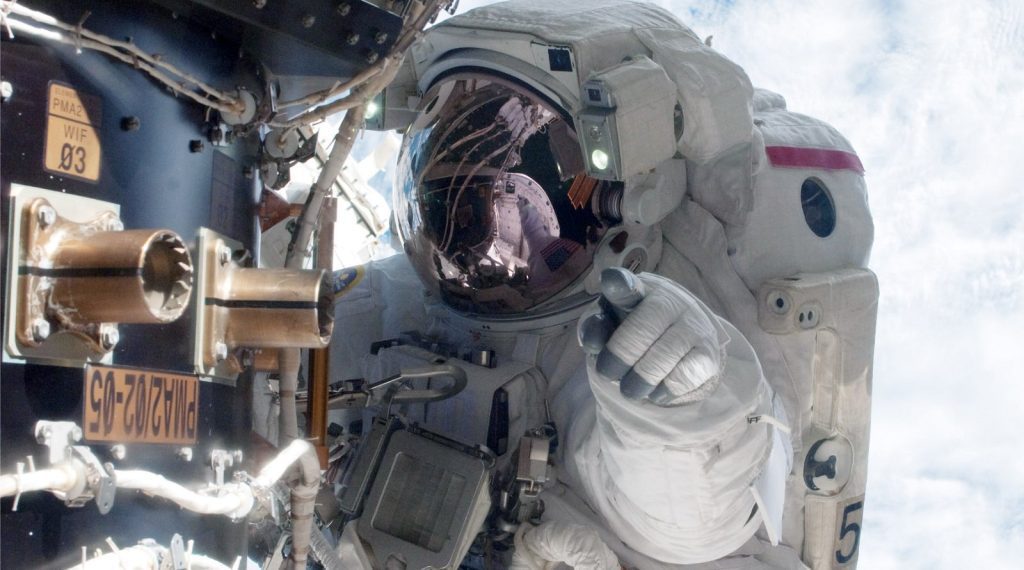Although astronauts launch into space enough raw materials to survive, the most important thing is produced in space itself. Currently, oxygen is extracted on the International Space Station (ISS) through electrolysis, but a team of scientists think they’ve found a better way to make the basic stuff.
Producing oxygen through electrolysis, a process in which water is separated under the action of an electric current to produce hydrogen and oxygen, requires huge amounts of energy. For this reason, scientists are devising alternative ways to obtain the important nutrient for astronauts.
Cut costs
A study published in August in the scientific publication NPJ microgravity Describes a method that can significantly reduce costs. The study authors want to use magnets to pull oxygen out of the water.
“Not many people know that water and other liquids are somewhat magnetic,” Alvaro Romero Calvo, the study’s lead author, told IPS. popular science. The science behind the technology he and his team devised has been known for some time, but the principle for generating oxygen in space has not been explored yet.
air bubbles
Romero Calvo and his team are now busy studying this phenomenon. During their experiment they placed an airtight capsule in a so-called “drop tower”. Dropping the capsule into a tower simulates weightlessness for a few seconds. Inside the capsule there are liquids in which air bubbles float, which were successfully ejected during the experiment with a magnet.
In addition, the researchers found that the bubbles can be controlled by magnets, which facilitates the transportation of air in space. This would make it possible to develop systems that are much lighter and more reliable than existing large and complex installations.
Artemis
The fact that structures can become more compact is of great importance for deep space travel. After all, the current systems used on the International Space Station are too complex and unreliable to use, for example, on a trip to Mars. The International Space Station has the great advantage of being a stone’s throw from Earth, so it can always be saved if something goes wrong. This is not possible during a trip to Mars, so the margin of error should be much smaller.
However, it is not out of the question that the technology will be used anytime soon. NASA wants to use it by 2024 Artemi program Landing on the moon again. Subsequently, the intention was to use the Moon as a springboard for a first trip to the Red Planet in the 1930s. In addition to oxygen, scientists are busy finding ways to use other essential raw materials, such as like iron and fuel, to be produced in space.
(MAh)

“Total coffee specialist. Hardcore reader. Incurable music scholar. Web guru. Freelance troublemaker. Problem solver. Travel trailblazer.”







More Stories
GALA lacks a chapter on e-health
Weird beer can taste really good.
Planets contain much more water than previously thought